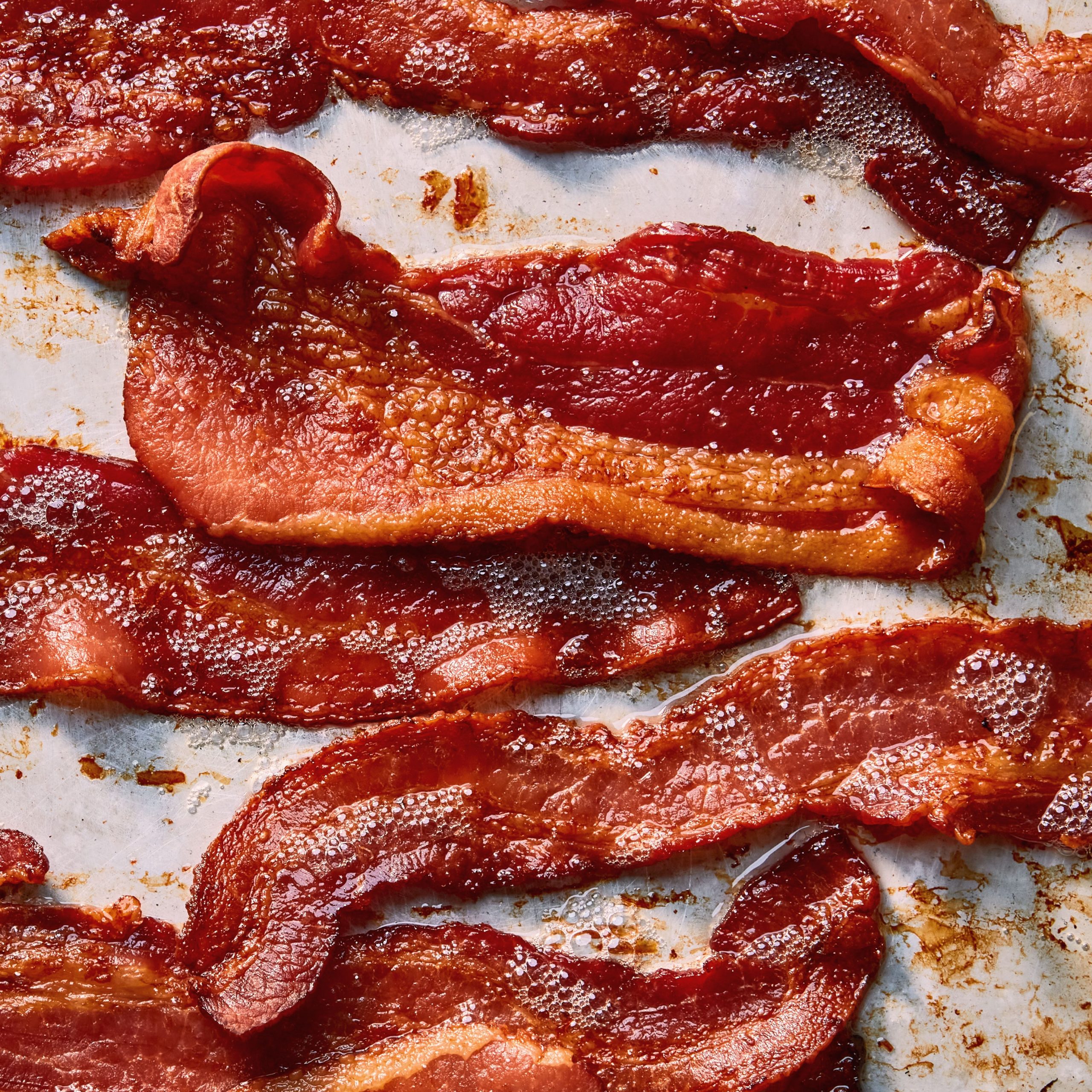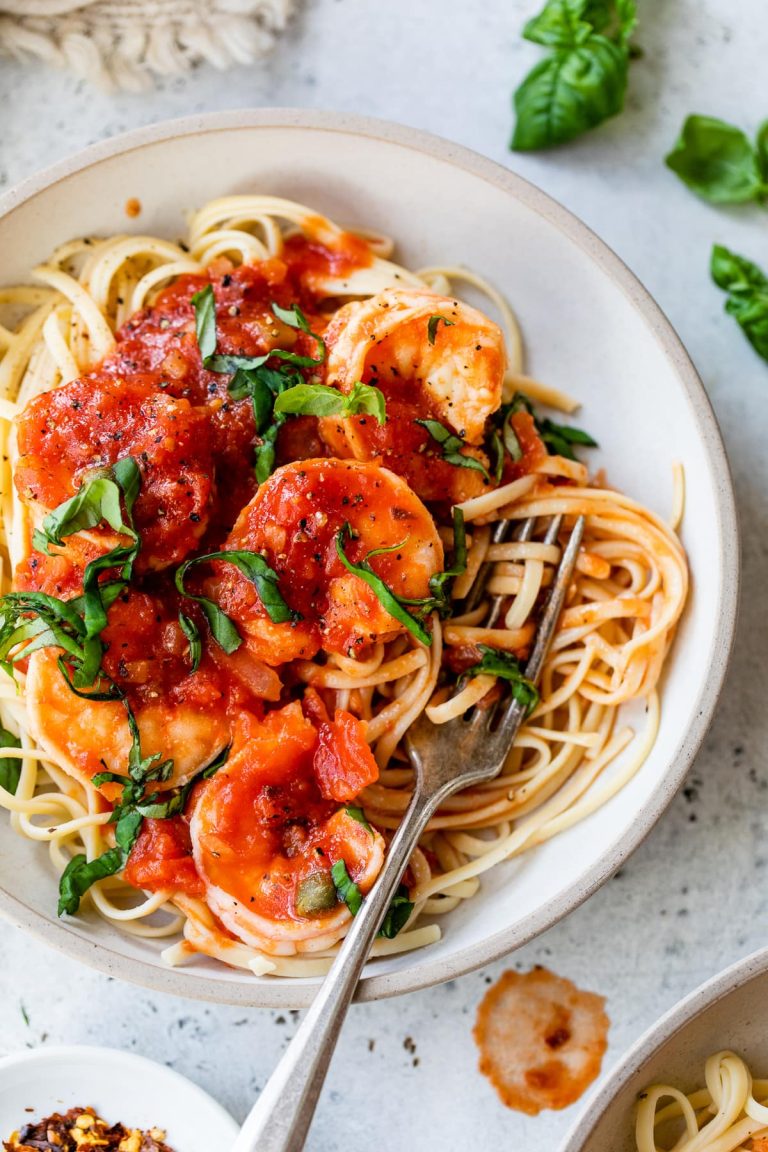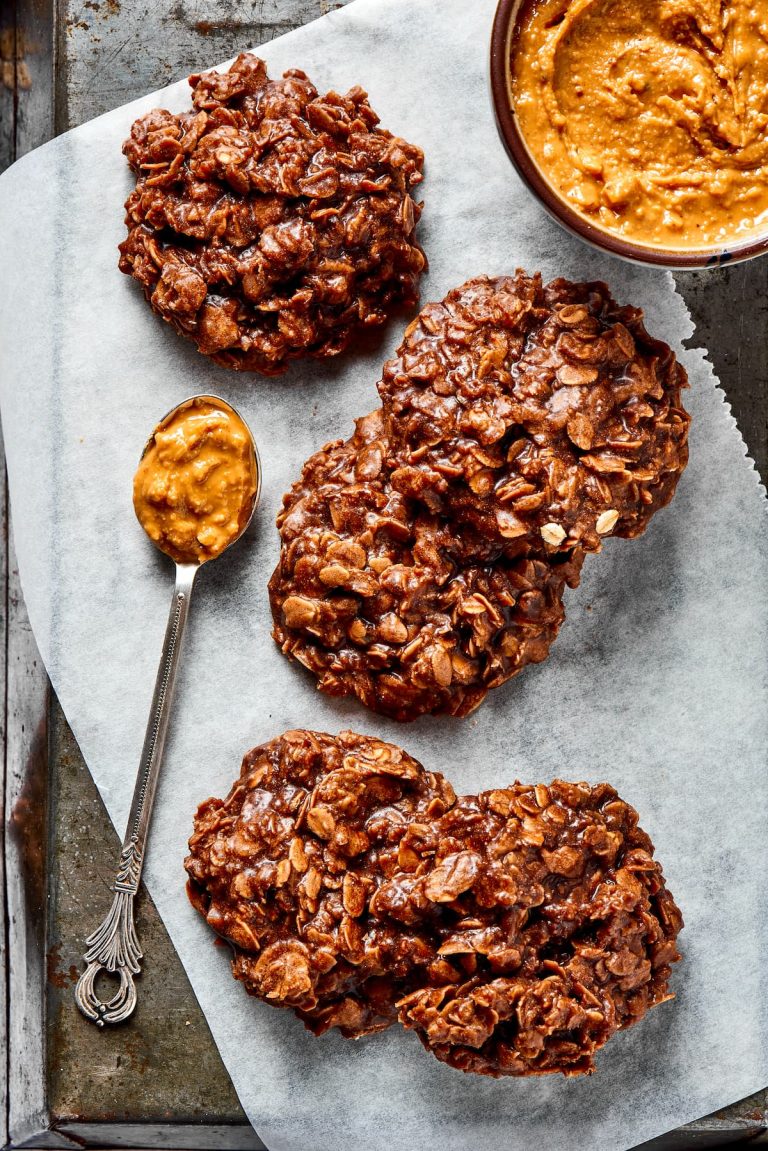Bacon: History, Types, Cooking Tips, and Nutritional Insights
Bacon dates back to ancient times. The Chinese were curing pork bellies as early as 1500 BCE, making it one of the earliest forms of preserved meat. The Greeks and Romans also had their versions of bacon, typically called “petaso.” During the medieval period, European peasants preserved pork in salt, leading to the development of modern bacon. Over the centuries, bacon evolved from basic preservation to a culinary art, gaining a significant place in recipes worldwide.
Bacon in Different Cultures
Bacon’s global journey is impressive. In the UK, bacon is a breakfast staple, commonly served with eggs or in sandwiches. American cuisine showcases crispy bacon strips with pancakes, burgers, and even desserts. Italy offers “pancetta,” an unsmoked bacon used in dishes like pasta carbonara. In Germany, “speck” is a popular cured meat variety, often added to soups and salads. Each culture brings unique flavors and preparation methods to bacon, reflecting local tastes and traditions.
Types of Bacon
American Bacon
American bacon, also known as streaky bacon, comes from the pork belly. It’s recognized for its high-fat content and marbled texture. Typically cured and smoked, it offers a rich, savory flavor that crisps up when cooked. You’ll find American bacon as a key ingredient in breakfast dishes such as scrambled eggs and sandwiches.
Canadian Bacon
Canadian bacon, or back bacon, differs significantly from American bacon. It comes from the loin, located behind the shoulder of the pig. This type is leaner, resembling ham more than traditional bacon. Often cured and smoked, Canadian bacon has a tender texture and is a common component in breakfast staples like Eggs Benedict and on pizza.
Other Variants Worldwide
Other countries boast unique bacon variants, each with distinct preparation methods and flavor profiles.
- Italian Pancetta: Cured pork belly, unsmoked and seasoned with herbs and spices, used in pasta dishes like carbonara.
- German Speck: Cured pork belly or leg, smoked, then air-dried, added to soups and stews for depth.
- British Rashers: Pork loin or belly, cured and often unsmoked, fried or grilled for breakfast.
- Japanese Hoshi Buta: Dried, unsmoked, thinly sliced pork belly, served as a topping or side.
These variants reflect different culinary traditions, enriching global cuisines with their distinct flavors.
Cooking Techniques
Best Practices for Crispy Bacon
Achieve crispy bacon by following specific guidelines. Use a large, cold pan. Lay bacon strips without overlapping to ensure even cooking. Set the heat to medium. Turn strips occasionally with tongs, allowing the fat to render slowly. This technique results in consistently crisp bacon. Another effective method is oven-baking. Preheat oven to 400°F. Arrange bacon on a baking sheet lined with parchment paper or a wire rack. Bake for 15-20 minutes, checking periodically. This approach minimizes splatter and yields uniform crispiness. For an air fryer, set it to 375°F and cook for 8-10 minutes.
Healthier Alternatives to Frying
Consider alternatives if seeking healthier options. Oven-baking is an excellent method. Excess fat drips away, reducing grease intake. Grilling bacon also works well. Place on a medium-heat grill and cook for 5-7 minutes per side. This method enhances flavor while reducing fat content. Use a microwave for a quick option. Place bacon between paper towels on a microwave-safe plate. Cook on high for 1 minute per slice, adjusting for desired crispness. These methods provide delicious results with less added fat and calories.
Bacon Recipes
Classic Breakfast Dishes
Bacon transforms ordinary breakfasts into savory experiences. When preparing a classic American breakfast, pair crispy bacon with scrambled eggs and hash browns. For a traditional English breakfast, serve bacon with baked beans, grilled tomatoes, sausages, and toast. If you prefer a lighter option, create a bacon and avocado toast by layering crispy bacon slices on mashed avocado spread over whole-grain toast.
Creative Culinary Uses
Bacon enhances many dishes beyond breakfast. For a gourmet twist, wrap bacon around scallops or asparagus for an elevated appetizer. Chop bacon into bite-sized pieces for a crispy topping on salads or baked potatoes. Incorporate bacon into pasta dishes like Carbonara, where its rich flavor pairs well with creamy sauces. Explore dessert recipes by adding finely chopped bacon to chocolate chip cookies or brownies, adding a surprising salty-sweet dimension.
The new section seamlessly continues from the previous part, smoothly introducing bacon recipes. The concise language, direct instructions, and varied examples provide clear guidance to readers on how to incorporate bacon into various meals.
Nutritional Information
Understanding Bacon’s Nutritional Content
Bacon contains a mix of macro and micronutrients. A typical serving of cooked bacon, approximately 28 grams, includes about 42% fat, 37% protein, and the remainder from water and minor components. You receive significant amounts of essential nutrients such as B vitamins, selenium, and phosphorus from this portion. The following table highlights the average nutritional values per serving:
| Nutrient | Amount per 28g Serving |
|---|---|
| Calories | 117 |
| Protein | 9g |
| Fat | 9g |
| Carbohydrates | 0.1g |
| Sodium | 393mg |
| Cholesterol | 30mg |
Protein provides the building blocks for muscle, skin, and bones, while selenium supports immune function and metabolism. Sodium enhances flavor but impacts blood pressure if consumed excessively.
Health Impacts of Regular Bacon Consumption
Regular bacon consumption affects your health positively and negatively. Bacon offers high-quality protein and essential micronutrients, promoting muscle repair and energy levels. However, its high saturated fat and sodium content present challenges if eaten frequently. For instance, diets rich in saturated fat can increase LDL cholesterol, elevating heart disease risk. High sodium intake can contribute to hypertension and cardiovascular issues.
Balancing bacon with lean protein sources like chicken and fish helps maintain nutritional benefits without excessive fat or sodium intake. Integrate vegetables and whole grains into meals with bacon to optimize your diet.
Conclusion
Bacon’s journey from a preservation method to a beloved culinary staple showcases its enduring appeal and versatility. With its rich history and diverse types, bacon offers a unique flavor profile that can elevate any dish. While it’s packed with protein and essential nutrients, it’s crucial to enjoy bacon in moderation and balance it with healthier food choices. By doing so, you can savor its deliciousness without compromising your overall health. Whether you’re a bacon enthusiast or a casual consumer, understanding its various aspects can enhance your appreciation and enjoyment of this iconic food.





